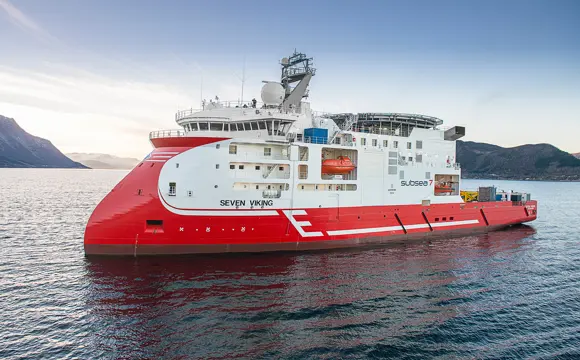What exactly is power management?
With a power management system (PMS), supply is matched with demand in your power supply system. Suitable for all applications on land or at sea, and for all types of power sources including renewables, PMSes automatically monitor and control your installation, ensuring uninterrupted power and allowing you to operate the installation as efficiently as possible.
If your power sources do not produce enough electricity, your operations could be jeopardised. Conversely, if they produce too much, you could be spending too much on power generation, for example on diesel fuel. Neither of these scenarios are acceptable, but you can avoid them using a power management system (PMS) which ensures that enough power is available with the right amount of power sources online. It controls your power sources and breakers as efficiently as possible, allowing you to save on operating costs.
Constant power delivery
A PMS constantly monitors your installation in order to detect if a power source becomes unstable or unavailable. If a blackout does occur, the PMS restores power installation as quickly as possible. If grid power disappears, for example, the PMS might immediately switch to a local battery while cranking one or more gensets in order to ensure a steady power supply until grid power becomes available again. The PMS ensures that the changeover from one power source to another goes as smoothly as possible, with a minimum of instability and interruptions in power delivery.
Load handling
The PMS can also carry out load sharing, for example in order to distribute the load between several gensets or photovoltaic panels. If power demand is approaching the maximum power generation capability of your installation, and it is not possible to activate extra power sources, for example on a ship at sea, the PMS may also be able to carry out load shedding, cutting out non-critical loads in order to lower power demand.

Get in touch with us today and see how we can help you with power management
Suitable for renewables
PMS solutions are available for all types of power source, for example grid power, gensets, batteries, and renewables such as wind turbines and photovoltaic panels. You can combine one or more of these power sources in a solution that balances the need for consistently reliable and sufficient power with the important objective of using more sustainable and renewable power sources. With a PMS, you can contribute to a better climate while still getting optimal power management.
How does a PMS work?
In a PMS, the individual controllers controlling the power sources (grid connection, gensets, batteries, and so on) and breakers are all interconnected in a communication network. The controllers constantly communicate over this network, exchanging information about the current load, their own power production capabilities, and the size of the current load on the power source they are controlling. Based on this information, the PMS calculates which power sources to use and how many power sources need to be active, and sends out commands as needed, for example to open and close breakers, crank gensets, and so on. Using information from the controllers, the PMS can also detect if one or more power sources are becoming unstable or unavailable, taking action to prevent a blackout as described above.
When running on gensets, a PMS will ensure that you only run the precise amount of gensets needed. If three gensets are enough to cover power demand, for example, there is no reason for keeping four gensets running in order to provide excess power that will only rarely be needed. This reduces the fuel cost associated with running your gensets while also reducing wear and tear on the genset units.
PMS benefits
A PMS gives you several important benefits:
- consistently reliable and sufficient power
- blackout prevention
- backup power
- reduced genset fuel consumption
- less wear and tear on equipment
More options with state-of-the-art PMSes
Modern PMSes with advanced technology often provide even more options that help you achieve efficient and economical operation. Here are a couple of examples:
- With a good power management system, you get the option to run in automatic mode and thereby minimise the effort required for handling daily operation tasks. In normal operation, user interaction will normally not be required; indeed, automatic operation can reduce the risk of human error.
- Modern PMSes often come equipped with user-friendly interfaces that give operators an easy overview of the current status and making it easy to make changes. This means that operator training is far easier, and it increases operator confidence in the PMS.
- PMSes can be based on a multi-master architecture . This means that any one of the interlinked controllers can act as master controller, and that any other controller can take over the master role in case a controller goes offline. This controller redundancy increases reliability in power systems.
- If you are using building management systems or similar, a good PMS can interface with that system in order to optimise power consumption, load distribution, backup power, and other important performance parameters.

In short, power management is the discipline of matching supply and demand, and power management systems (PMSes) can help you achieve this balance – automatically, economically and reliably.
-

Contact us to discuss your options
- 90 years of energy pioneering
- Manufactured at the highest standards
- Superior quality
- Unmatched service and support
- Made in Denmark







![Website Top Photo (1920X1080)[2567]](https://deif-cdn-umbraco.azureedge.net/media/4tlhmk2k/website-top-photo-1920x1080-2567.jpg?rxy=0.3408058164192669,0.4284018164237016&width=580&height=360&v=1da9151db0c0ef0&v=9)




